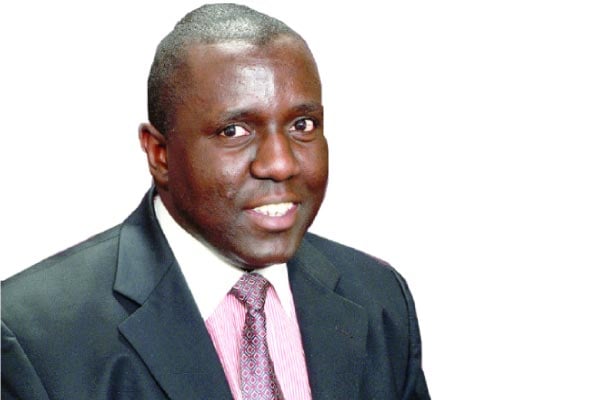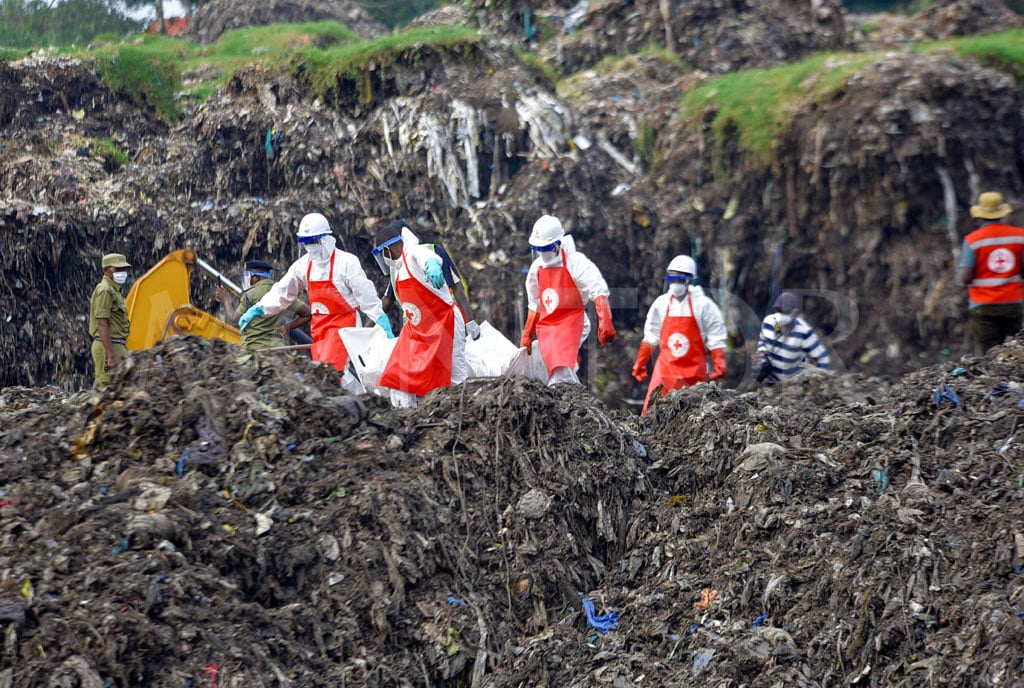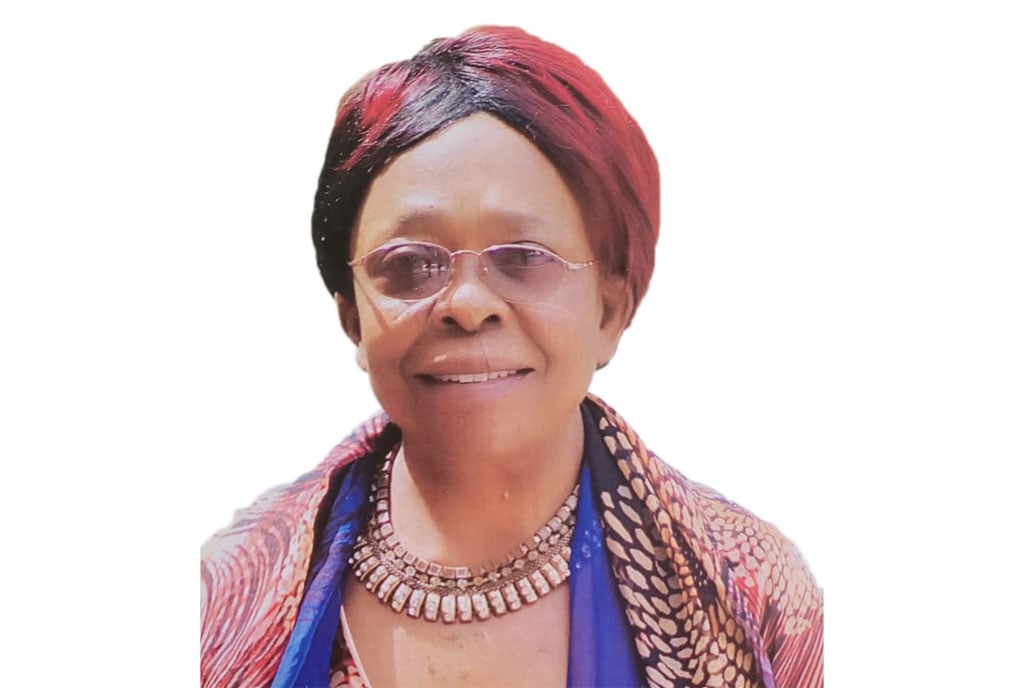
Author: Karoli Ssemogerere. PHOTO/FILE
There are two articles I remember receiving from my parents at a very early age.
One was a wrist watch, it may have had cartoon characters on it, but it told the time. Of course, I couldn’t maintain it.
The second was a big brown box drawing of the map of the world, hand-drawn by my father. It was accompanied from their book collection by a World Almanac Book of Records, 1980.
I believe my father bought a 1988 edition, and later with the help of now retired Justice George Wilson Kanyeihamba a Guiness Book of World Records.
So, in that sense, geography and mastery of facts, big and small is something I took keen interest in. Even the most difficult subject/paper at A-Level, the Geography of Uganda had a boxing element to it, learning about these distant places that were so close.
Returning to time, everything time related is relative. The formation of rocks, and yes, the process by which sediments convert to oil reserves takes thousands of years, the story of the rich and the poor, and how communities shift from poor to wealthy is another one.
In June, I hosted some family in Kalangala District. In their observations, one of my cousins, met another cousin, they are both agricultural assistants by training and they shared stories of Namulonge Research station. I was the beneficiary of this conversation.
My cousin Rose gave me a quick class on how to make organic fertiliser from cow urine and a few other ingredients to moderate the acidity and the low organic content of the laterite soils in Kalangala.
I have been saving this story for Hon. Victoria Sekitoleko, the first woman minister of Agriculture, who sent me a scout/mentor last year on going organic. We bought into this gentleman’s programme, the Governor, faithfully applying the same cow urine but ill equipped on how to harvest the same. Rose provided the secret formula and soon we shall be exporting cow urine from all sorts of locations to other locations on the family estate.
It broke my heart a few days ago that Kiteezi, the vast urban mountain of unsorted garbage, had collapsed under its weight.
The albatross of garbage has turned Kiteezi into a global story on the major news networks, life under the weight of pollution. A 2013 New Vision article in the heyday of Kampala Capital City Authority (KCCA)’s first executive director Jennifer Musisi reported Kiteezi was already full!
My memories of Kiteezi are more recent. Driving there with my older son, Paul and breaking down in my old Ford Escort and getting help from friendly people who put us back on the road.
I now remember the stench. There is a lawyer friend of mine who one time told me, they were going to sell their farm in Kiteezi because of the stench.
I reached out in my small diary. My P1 teacher at Kampala Parents School Mrs Zziwa. Did she make it? She lives in Mpererwe. She must be over 80 years old now.
My relatives narrated the story of their in-law cell phone in hand, trying to make one last call, to pick up the house maid, after she had jettisoned her children over the fence. Her last calls were she could hardly breathe and she didn’t make it.
Ironically the National Environment Management Authority (NEMA) has been ravaging the wetlands, while missing the biggest risk factor of them all in Kiteezi, which itself was situated on a wetland. I now remember the physical Geography, how the earth moves in plates and creates new landforms.
Kiteezi was long overdue for conversion into a landfill.
Inside the mountains of garbage is another policy failure, the permissive attitude towards kaveera and the plastic bottle.
To a lesser extent, the failure to erect incinerators to dispose of other human waste in the city, female sanitary pads and diapers.
My father’s former neighbour, Kampala Minister Minsa Kabanda, had another point, the tariff from bio-gas electricity was too high, but necessary. Isn’t that a failure at the Cabinet level?
How Kiteezi moved from an urban mountain to an urban cemetery, God knows.
Let’s get to work and prevent any more Kiteezis from happening.
Mr Ssemogerere is an Attorney-At-Law and an Advocate.








